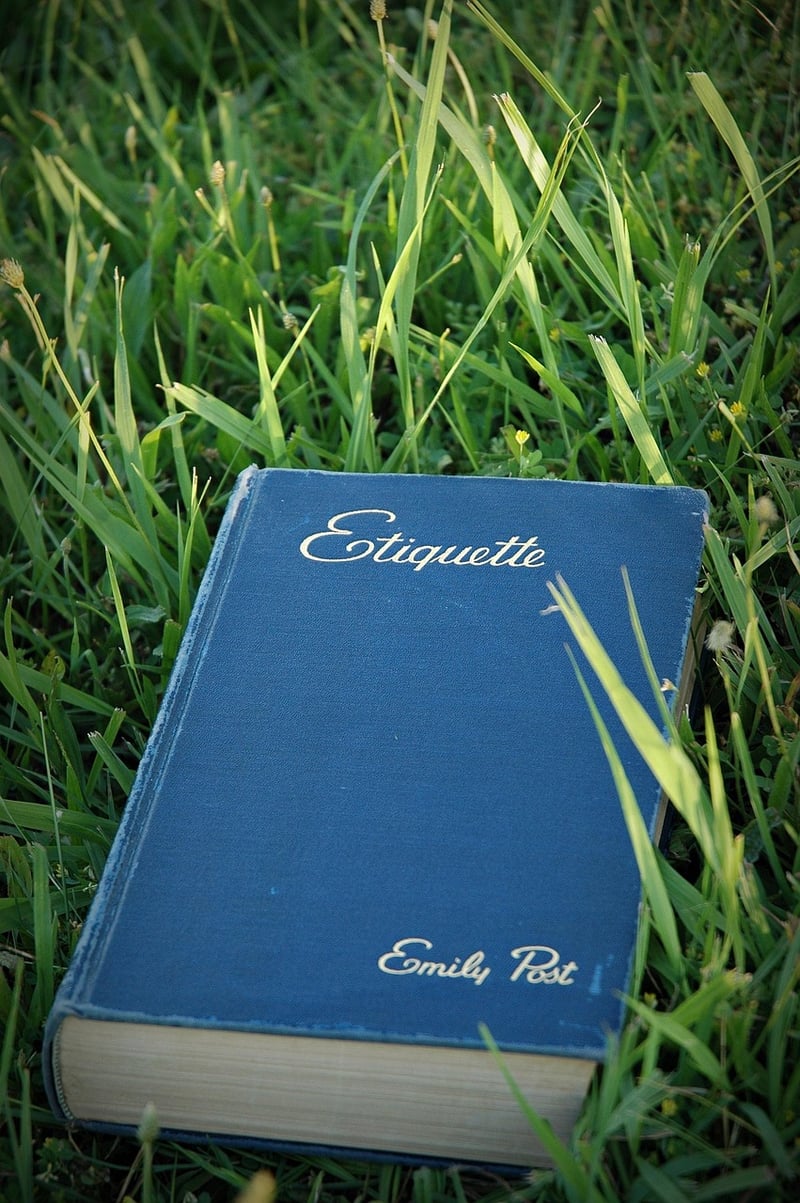Historical Etiquette
Guidance for Time Travelers: Navigating Historical Etiquette
Introduction
Welcome, time traveler! As you journey through different eras, it is crucial to understand and respect the customs and etiquette of the time. This guide will provide you with essential tips on navigating historical etiquette to ensure a smooth and respectful experience.
Ancient Civilizations
When visiting ancient civilizations like Egypt or Rome, it is important to show reverence to local customs and traditions. Respect religious practices, avoid disrespectful behavior in sacred places, and follow the dress codes of the time to blend in seamlessly.

Medieval Times
During the medieval period, chivalry and courtly manners were highly valued. Show respect to nobility, observe proper dining etiquette, and be mindful of social hierarchies. Understanding the feudal system and the code of chivalry will help you navigate this era with grace.

Victorian Era
The Victorian era was characterized by strict social norms and elaborate etiquette rules. Pay attention to dress codes, use formal language, and understand the nuances of Victorian manners. Proper introductions, table manners, and communication styles are key to fitting in during this period.

Roaring Twenties
In the 1920s, the Jazz Age brought about a shift in social norms and fashion. Embrace the spirit of the time by participating in jazz clubs, mastering the Charleston dance, and adopting the slang of the era. Understanding the prohibition era and the cultural changes will enhance your experience in the Roaring Twenties.

Conclusion
By respecting historical etiquette and customs, you can fully immerse yourself in the past and make the most of your time travel adventures. Remember to observe, adapt, and appreciate the rich tapestry of human history. Safe travels!
